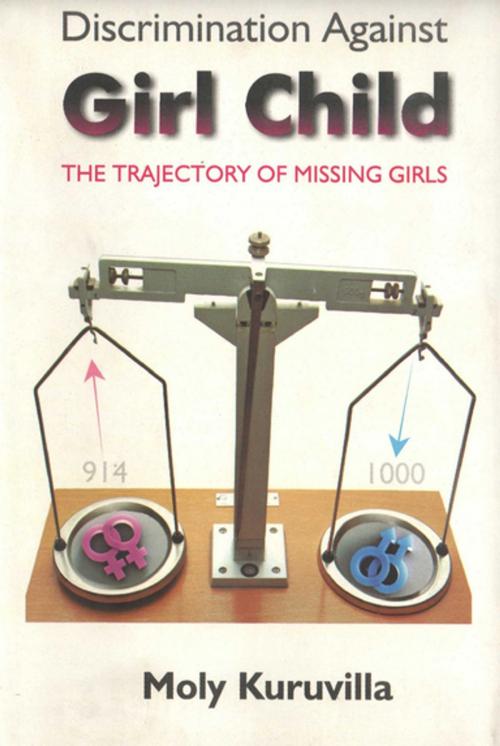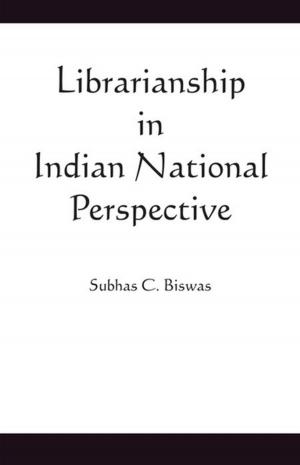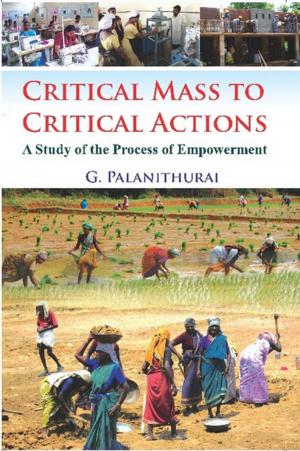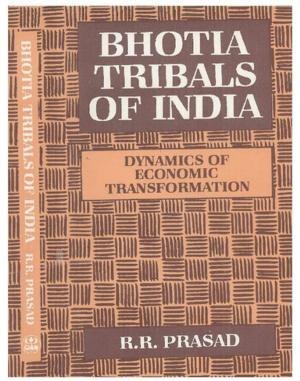Discrimination Against Girl Child
The Trajectory of Missing Girls
Nonfiction, Social & Cultural Studies, Social Science, Gender Studies, Women&| Author: | Moly Kuruvilla | ISBN: | 9788121250498 |
| Publisher: | Gyan Publishing House | Publication: | June 30, 2011 |
| Imprint: | Gyan Publishing House | Language: | English |
| Author: | Moly Kuruvilla |
| ISBN: | 9788121250498 |
| Publisher: | Gyan Publishing House |
| Publication: | June 30, 2011 |
| Imprint: | Gyan Publishing House |
| Language: | English |
The Book titled "Discrimination Against Girl Child: The Trajectory of Missing Girls" deals with the topic of son preference and female foeticide in India and highlights the unfavourable child Sex ratio and the phenomenon of feminisation of the old and masculinisation of the young in the state of Kerala. There is sufficient content on the what, why and how of empowering girls and women. The book has three sections-first part is the real life story of a woman leader, on how she has risen up the ladder of success from the status of a doormat. Second part details the research on Missing Girls in Kerala for which son preference and the subsequent female foeticide are pointed out as A Few among the major causative factors. In the last part on 'Enhancing the Status and Dignity of Girl Child', almost all querries that spring up in the seminars and workshops aimed at women Empowerment are dealt with appropriate clarification. The life story of 'Vanitha' reveals how a postgraduate degree with a high first class and a huge package of dowry failed to contribute anything in enhancing the dignity of a Keralite girl, especially in her husband's home. In the last chapter, Vanitha's example itself is depicted to highlight how economic independence along with a strong determination would enable a woman to rise up from the status of a doormat to that of a woman leader living a life with dignity, so as to provide a motivation to every woman in distress. The Book is hoped to spark the rethinking of both men and women and facilitate social change for a better.
The Book titled "Discrimination Against Girl Child: The Trajectory of Missing Girls" deals with the topic of son preference and female foeticide in India and highlights the unfavourable child Sex ratio and the phenomenon of feminisation of the old and masculinisation of the young in the state of Kerala. There is sufficient content on the what, why and how of empowering girls and women. The book has three sections-first part is the real life story of a woman leader, on how she has risen up the ladder of success from the status of a doormat. Second part details the research on Missing Girls in Kerala for which son preference and the subsequent female foeticide are pointed out as A Few among the major causative factors. In the last part on 'Enhancing the Status and Dignity of Girl Child', almost all querries that spring up in the seminars and workshops aimed at women Empowerment are dealt with appropriate clarification. The life story of 'Vanitha' reveals how a postgraduate degree with a high first class and a huge package of dowry failed to contribute anything in enhancing the dignity of a Keralite girl, especially in her husband's home. In the last chapter, Vanitha's example itself is depicted to highlight how economic independence along with a strong determination would enable a woman to rise up from the status of a doormat to that of a woman leader living a life with dignity, so as to provide a motivation to every woman in distress. The Book is hoped to spark the rethinking of both men and women and facilitate social change for a better.















